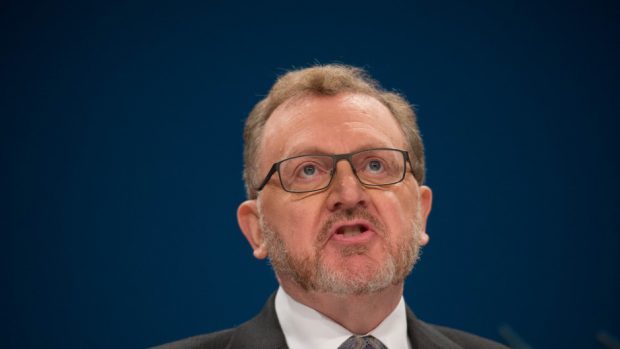Public spending in Scotland is almost £1,500 per head higher than the UK average.
New figures from the UK Treasury show that the average spend per person north of the border is £10,536 a year – compared to a nationwide average of £9,076.
Secretary of State for Scotland David Mundell said the figures highlighted the benefits of being part of a “broad-shouldered” United Kingdom.
But the Scottish Government suggested the figures “demonstrate” its commitment to public services, adding that they “only describe one side of the equation”.
The UK-wide vote to leave the EU in June has raised the spectre of a second referendum on Scottish independence.
Voters north of the border backed remaining in the continental block, while England and Wales voted to leave.
After the result, First Minister Nicola Sturgeon suggested a second plebiscite was “highly likely”.
But Mr Mundell suggested the UK Treasury figures published yesterday showed Scotland’s public finances benefited from being part of the UK.
He said: “Public spending in Scotland is higher than the rest of the UK – now by almost £1,500 per person per year – despite a rising budget deficit on the Scottish Government’s watch.
“This illustrates the value to Scotland of being part of a strong, broad-shouldered United Kingdom.”
According to the UK Treasury, the average government spend per head in Scotland was £10,536 in 2015/16.
Northern Ireland enjoyed the highest spend per head in the same year – £10,938 – while England received the lowest, with £8,816 spent per person.
Scottish Labour’s Westminster spokesman Ian Murray MP said: “These figures confirm that being part of the UK means there is more money to spend on public services like schools and the NHS in Scotland.
“Even the SNP’s own numbers show that leaving the UK would mean spending cuts and tax rises worth at least £15 billion a year over and above those already being imposed by the Tories.
“Independence would put at risk the life chances of future generations of Scots.”
A spokesman for the Scottish Government said: “(These figures) demonstrate the Scottish Government’s commitment to invest in front line public services.
“They show that spending on education in Scotland increased by 3.7% over the past year compared to a 2% fall across the UK. Likewise, health spending in Scotland increased by 4.6% in the year to March 2016 compared to growth of 3.4% across the UK.
“Of course, these figures only describe one side of the equation when it comes to public finances – with no comparison for public sector revenues. Scottish revenue has been on average £630 per person a year higher than in the UK as a whole since devolution (1999-00).”
